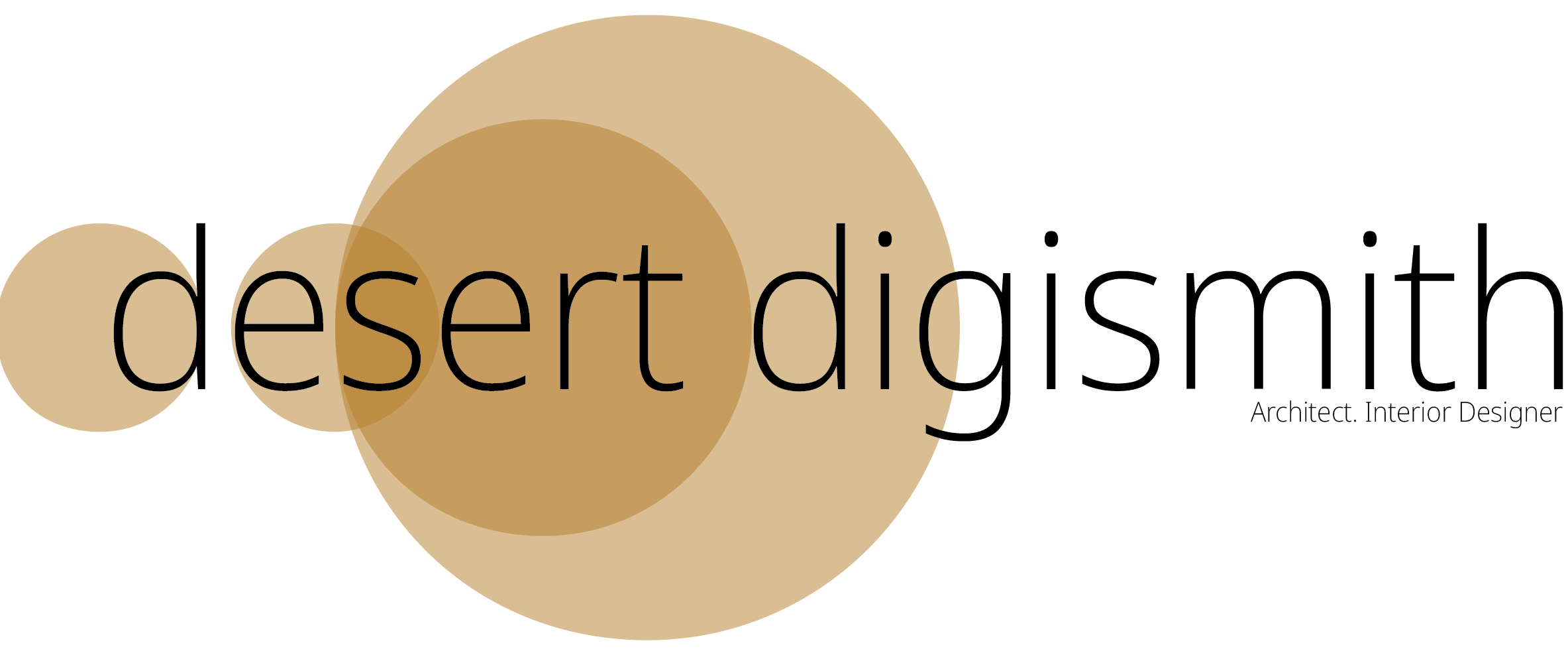________________________________________
Tucson, AZ
Desert Digismith
[digital] + [authentic material craftsmanship]
[digital] + [authentic material craftsmanship]
Harnessing the potential of technology while seeking to preserve the craft of the vernacular.
________________________________________
History:
Roshelle Stahl founded Desert Digismith in July 2019, immediately after returning from walking the Camino de Santiago: a 500-mile pilgrimage across the width of Spain, from Saint-Jean-Pied-de-Port to Santiago de Compostela.
After years in the architecture industry, the Camino was a transformational experience, offering space for reflection, recalibration, and depth of camaraderie with fellow pilgrims. In the quiet rhythm of the trail, the humble yet sacred and beautifully crafted village churches, the shared experiences, and communal spaces, the idea for Desert Digismith took root: a practice grounded in craftsmanship, authenticity, and the belief that architecture is not just about structures, but about shaping meaningful places When Roshelle returned to Tucson, she recognized the same spirit in the desert’s architecture and community. Desert Digismith grew from that resonance, an exploration of place, beauty, and belonging shaped by both the pilgrimage and the desert.
| We, the architects, builders, designers, and artists of Tucson, strive to harness the potential of technology while seeking to preserve the craft of the vernacular. |
DWELLING | within the desert
________________________________________
________________________________________
Roshelle is a licensed architect in the state of Arizona and an NCIDQ-certified interior designer.
________________________________________
Roshelle Stahl and Marlon Brando "The Dogfather" at Parker Canyon Lake, AZ
________________________________________
Philosophy:
“... architecture is the only profession capable of equal concern for world hunger and door closers.”
— Leonard Bachman
— Leonard Bachman
| Truly successful architecture decentralizes resources and finds efficiency through the overlapping elements of complex systems. It creates a sustainable framework that begins at a macro level, recognizing that people are creatures of convenience, while inspiring individual responsibility and a sense of belonging |
Thoughtful, intentional design respects the vernacular at every level, while engaging the very technologies that often contribute to the homogenization of place through globalization. Above all, architecture must remember where it is, and who is there.
| Genius loci, or sense of place, contributes to a sense of self |
________________________________________
Bachman, Leonard R.. “1.” In Integrated buildings the systems basis of architecture. Hoboken, N.J.: John Wiley & Sons, 2003. 6. Thwaites, Kevin, and Alice Mathers. “3 Beyond Boundaries.” In Socially restorative urbanism: the theory, process and practice of experiemics. New York, NY: Routledge, 2013. 58.
